In a quiver about kinetic jewellery
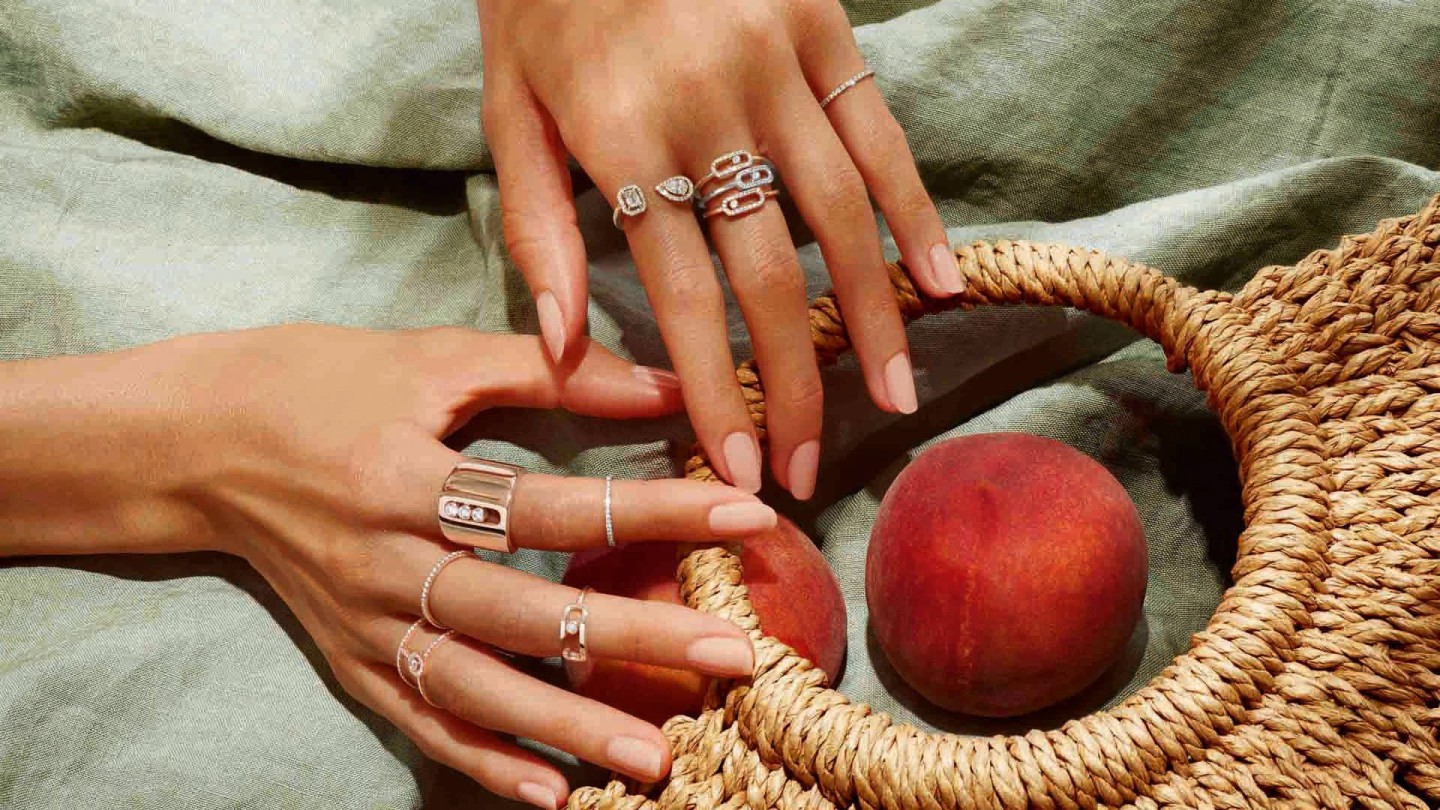
Roula Khalaf, Editor of the FT, selects her favourite stories in this weekly newsletter.
Wearing a jewel should be a multisensory experience: the warmth of gold on the skin, the glint of gems, the clink of stacked bangles or the sway of long-drop earrings. This interaction is amplified when moving parts are involved in the construction – a design feature that is increasingly, and excitingly, appearing in today’s jewels.
“Movement reflects the dynamism and energy of the wearer,” says Marie Cabirou, the Parisian designer behind Marie Mas. Cabirou worked with Raf Simons at Dior, designing ready-to-wear and couture jewellery, before launching her own brand, exploring the creative and technical possibilities she had found in fashion: rings that flip back and forth or gems that pop out of their golden grooves when worn on the finger.
Kinetic jewellery can be traced back to the 18th century, when diamond brooches and hair ornaments were set en tremblant, or mounted on springs to quiver with each motion of the wearer. But it was in the 1960s that conceptual, cerebral moving jewels emerged from the hands of Friedrich Becker and Pol Bury as part of the kinetic art movement. Today, original examples are sought after by collectors, explains London dealer Didier, particularly Pol Bury’s creations, in which golden spheres bobble over mirrored-gold surfaces or clusters of gold pins drift and fall in perpetual motion.
It was Chopard who first set diamonds free in 1976 with the Happy Diamonds watch, which saw the stones rolling around the face of the timepiece. Today, the same dynamic principle is used in a wider collection that includes pendants, earrings, bangles and rings.

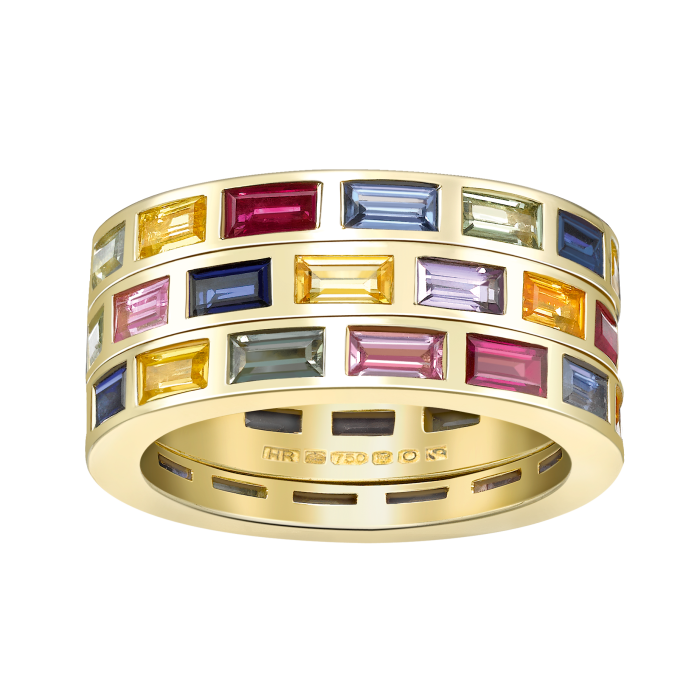
Hattie Rickards 18ct gold, multicoloured sapphire and ruby Rubix ring, £12,550
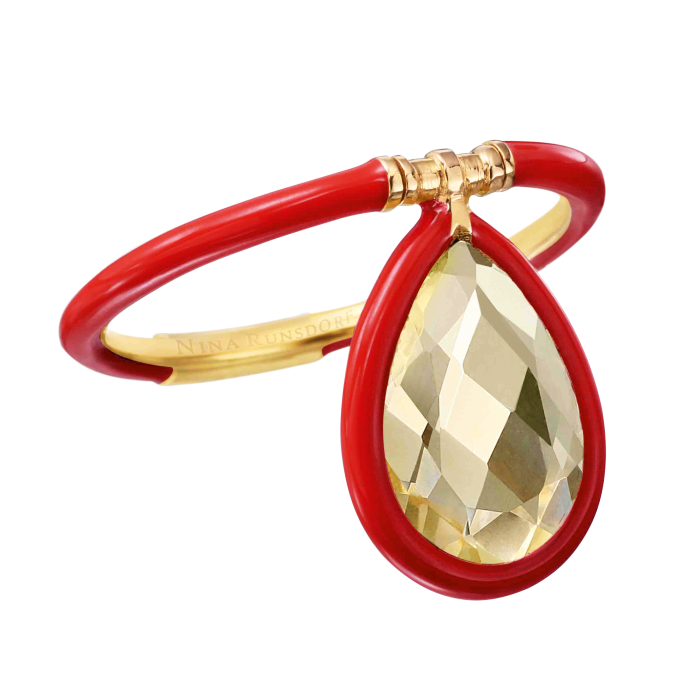
Nina Runsdorf Flip ring, £2,700
The slip-sliding playfulness of the abacus, with its satisfying clicks, is part of the appeal of Messika’s Move collection, in which diamonds roll inside an open panel, courtesy of a concealed rail. Founder and artistic director Valérie Messika, daughter of a diamantaire, says the idea came from her childhood memories of playing with gemstones. Originally designed as a bangle, Move is now a house signature, spawning several collections including Lucky Move, in which the free-wheeling diamonds are inset in a polished-gold medallion.
Likewise, in her Perpetual Motion collection, designer Yael Sonia takes coloured gems from her native Brazil and lets them glide within sleek, graphic openwork structures. “There’s a ritual-like gesture of setting in motion the loose elements in a ring or pendant,” Sonia says, adding that the melodic sounds of tapping and rolling make for their own personal soundtrack for the wearer.
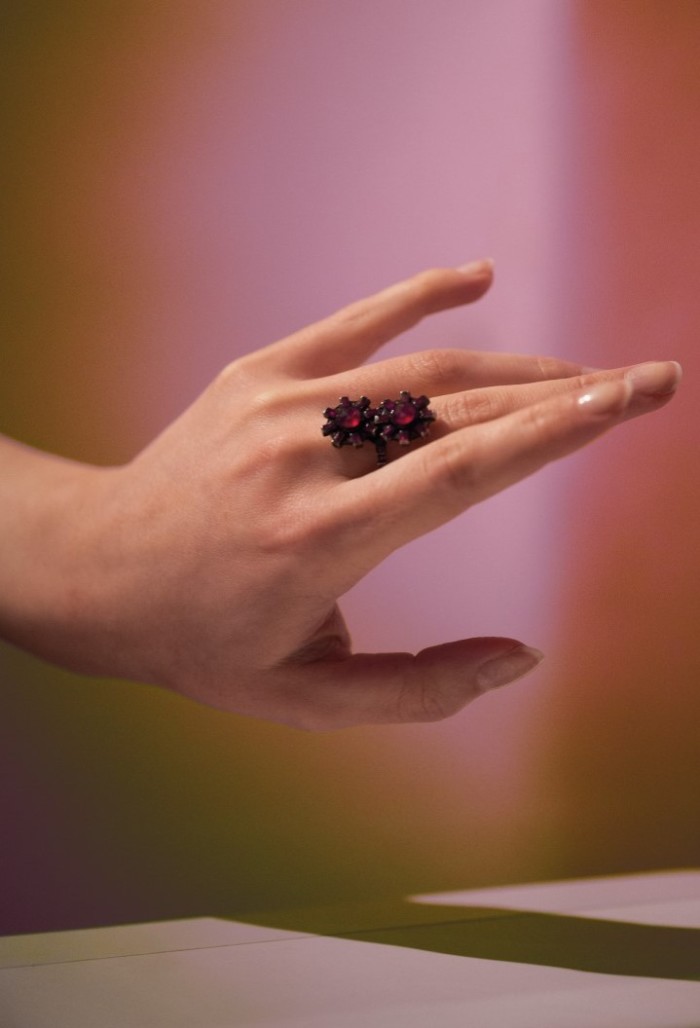
The best kinetic jewellery is so tactile it invites the wearer to twist, fiddle, fidget and play with the parts as a rhythmic antidote to anxiety. The idea for Bucherer Fine Jewellery’s Dizzler ring apparently came to one of the brand’s in-house designers after watching people in a waiting room absent-mindedly turning their rings in nervous concentration.
“Jewellery somehow needs to become part of the wearer and not just sit there as an add-on,” explains jeweller Solange Azagury-Partridge. “I have always loved jewels that do something while you wear them, that can become part of your body language.”
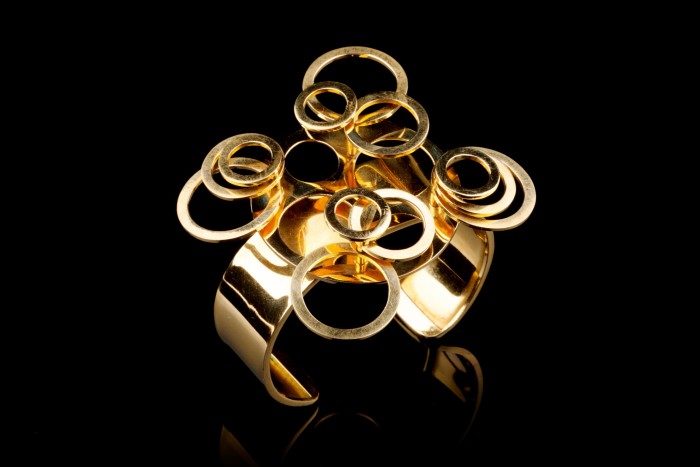
The larger maisons, too, have got their movers and shakers. Dior’s Victoire de Castellane has revived en tremblant for the Salon d’Apollon suite in her Dior à Versailles High Jewellery collection, in which the yellow diamond sunrays shiver and shimmer as if by flickering candlelight. The centre micropavé diamond band of De Beers’ Horizon ring orbits up and around between graphic minimalist gold bands. This year Piaget is rebooting its Possession collection, which originally launched in 1990 with a gold ring on which the centre band turns freely with a discreet flick of the finger, a ritual intended to accompany a wish or affirmation, or as CEO Benjamin Comar says, “a secret feature that only the wearer knows about”.
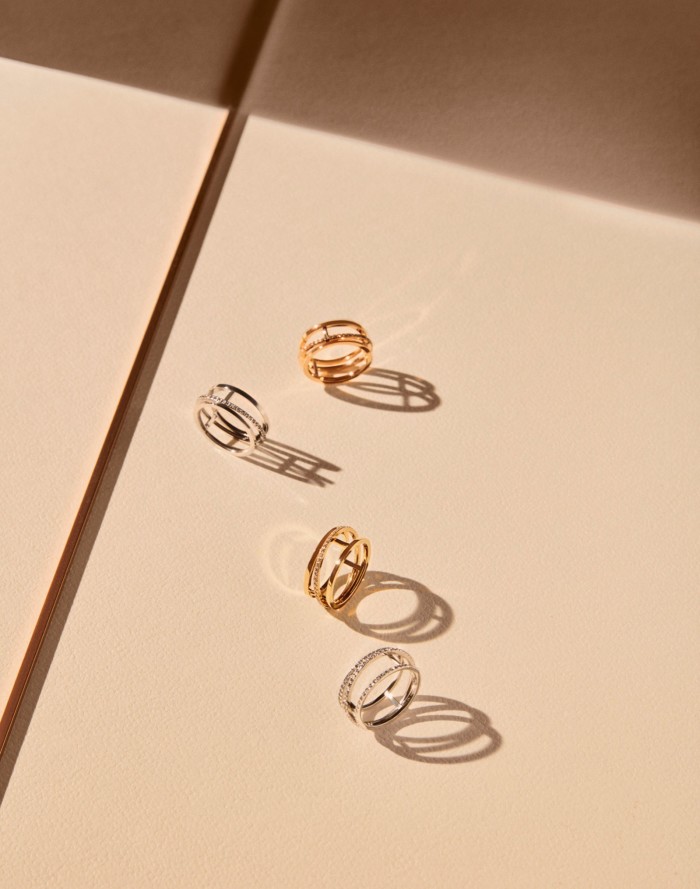
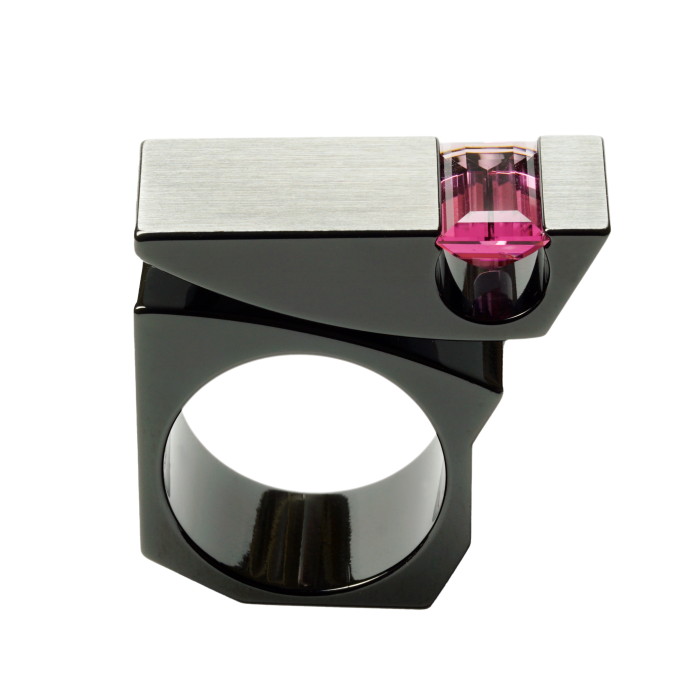
Michael Berger Kinetic ring, £1,780
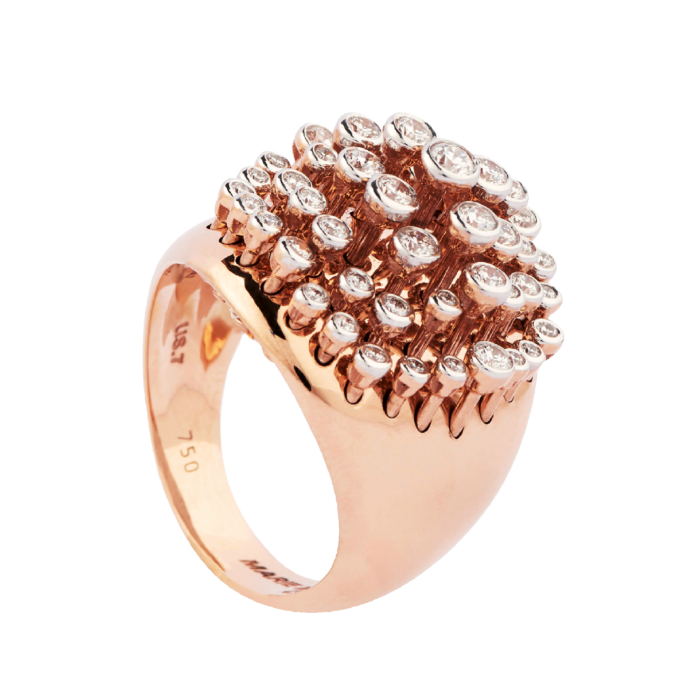
Marie Mas King Wave ring, €8,000
The most theatrical kinetic jewels, however, come from Düsseldorf-based Michael Berger, who is inspired by the energy of the body and calls movement the fourth dimension of a jewel. “When there are two axes the interaction between two moving parts is chaotic, completely random. The ring has the best momentum from the wearer, and offers the best opportunity for the wearer to play and interact with it.”
The effect is startling, even disconcerting, as a curved gold slice pirouettes on the finger, or a polished steel disc dances on top of a sculpted steel ring. Berger admits that reactions are polarised. “For some people the constant movement drives them crazy, others find it calming,” he says. Still others, like me, simply think it’s poetry in motion.
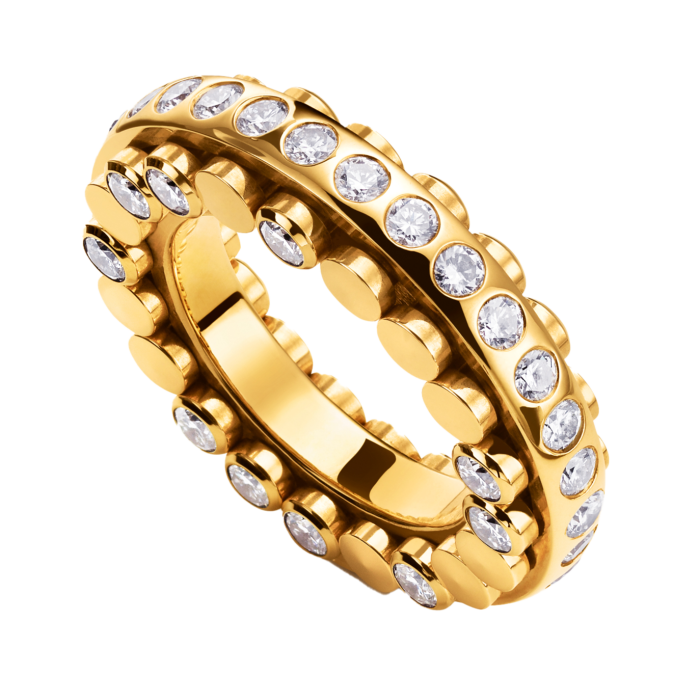
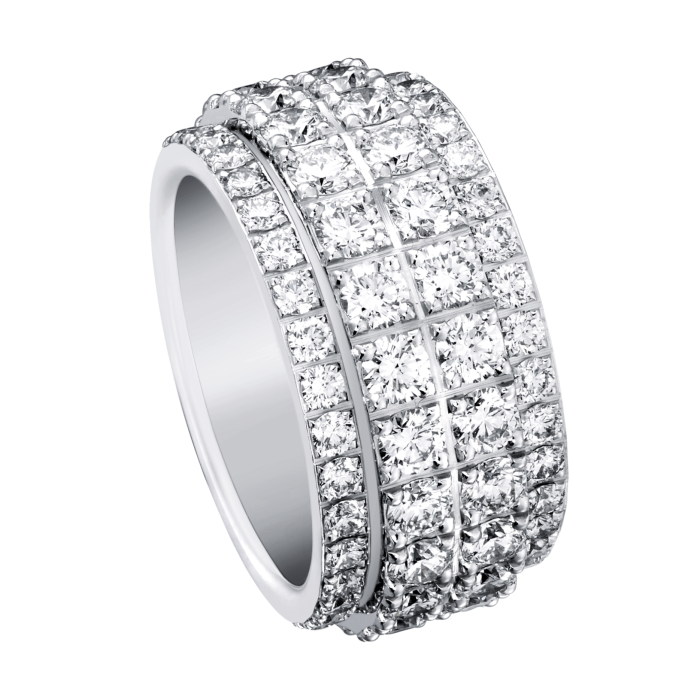
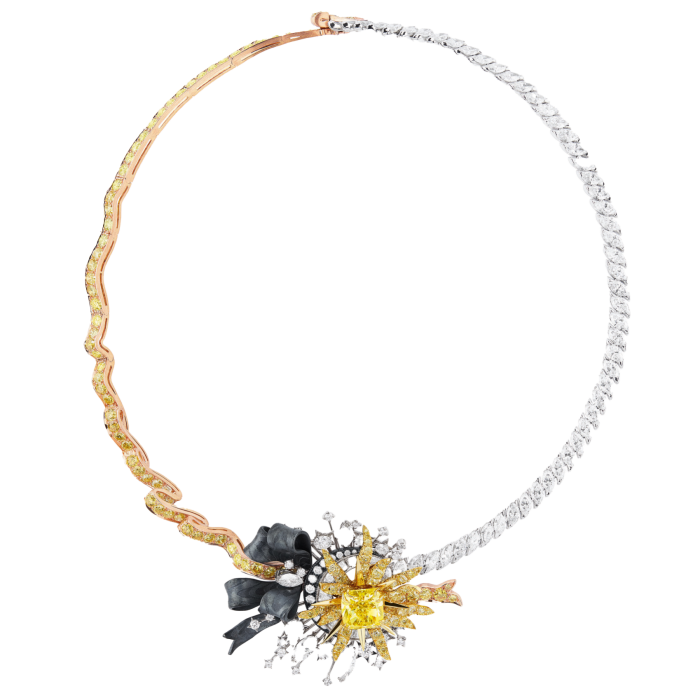
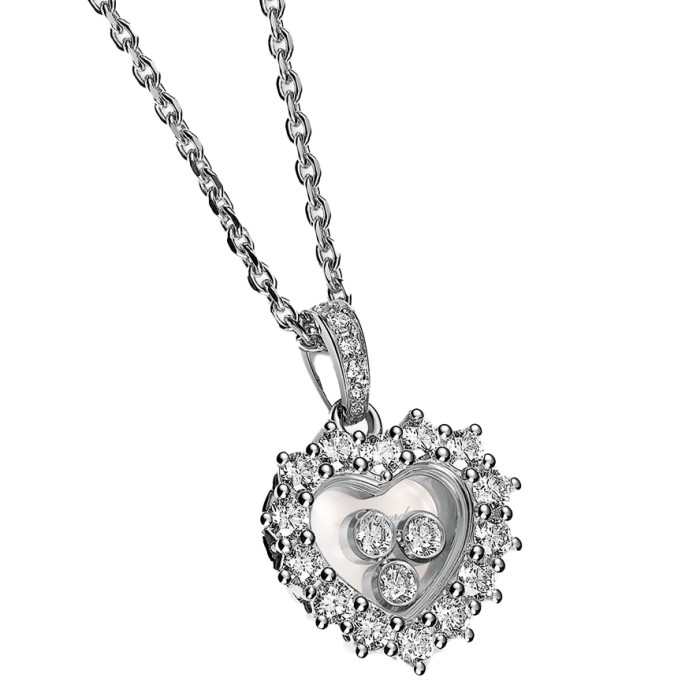
Comments